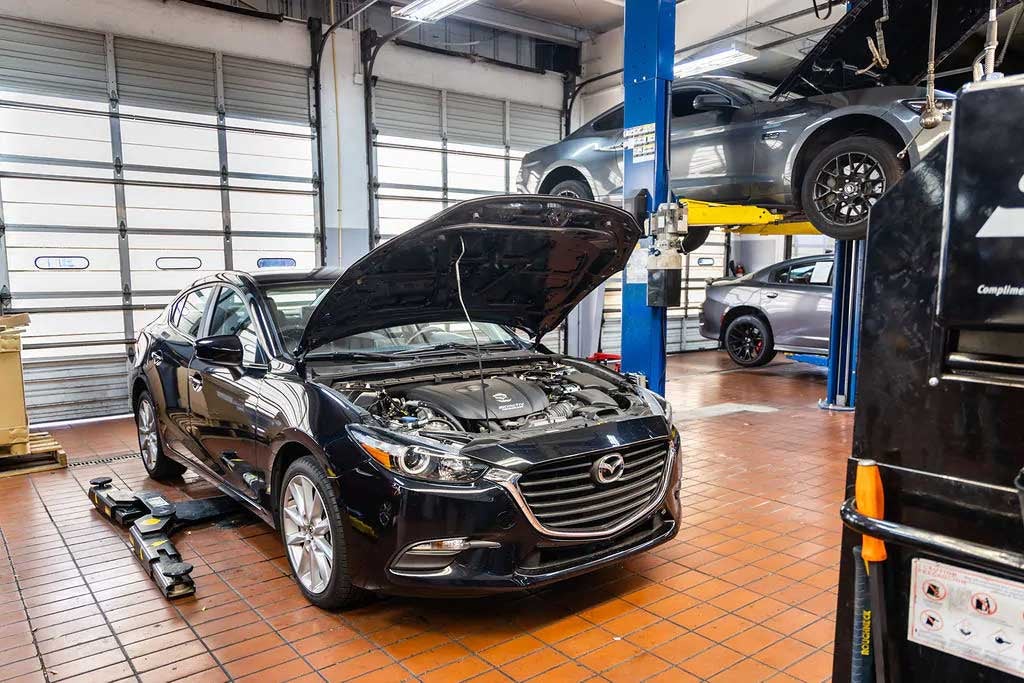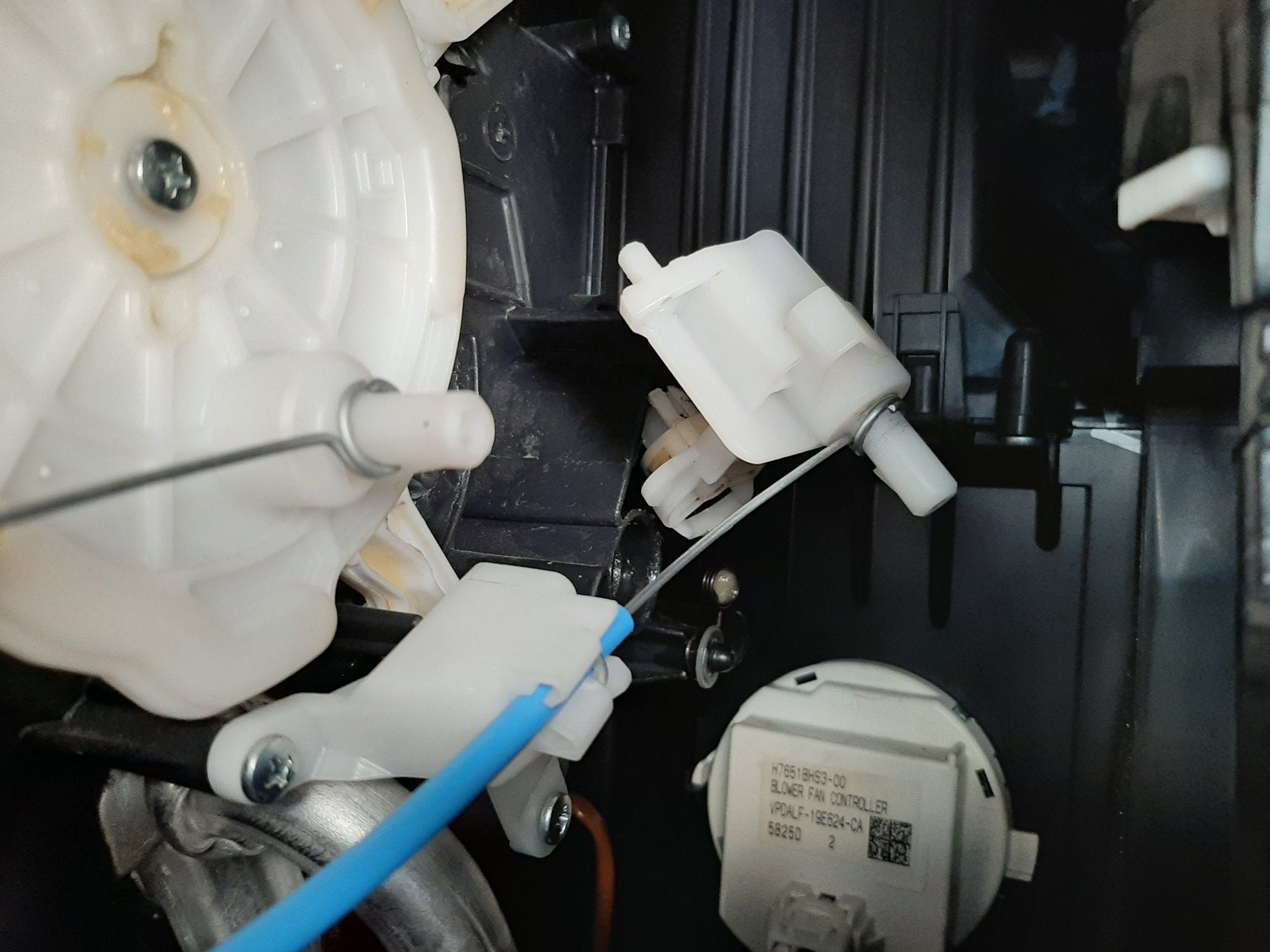Why is My Car Heater Blowing Cold Air?

When cold air blows from your car's heater, it can be a perplexing and uncomfortable experience, especially in the cold months. The heating system in a car is intricately linked to the engine's cooling system. It uses the same coolant that absorbs heat from the engine to warm up the air blown into the cabin. This guide will explore why this system might fail and produce cold air instead of heat.
Low Coolant Level - The Common Culprit
A low coolant level is one of the most frequent causes of a car's heater blowing cold air. Coolant is essential for transferring heat from the engine to the heater core, warming the air that flows into the cabin. If there's insufficient coolant, this heat transfer is disrupted, expelling cold air instead of warm.
Coolant levels can drop for various reasons, but leaks are the most typical culprit. These leaks may occur in the radiator, hoses, or the water pump. Even a failing head gasket can cause coolant to escape. Such issues are often indicated by visible leaks under the vehicle or a coolant reservoir that frequently needs topping off.
To prevent this problem, it's crucial to perform regular checks of the cooling system's coolant level and integrity. Ensuring the proper coolant mixture—typically a 50/50 ratio of coolant to water, though this may vary by vehicle and climate—is also vital for the system's effectiveness. Regular maintenance helps identify potential leaks or system weaknesses early, reducing the risk of the heater blowing cold air and preventing more significant engine problems.
Thermostat Issues - Regulating Temperature
The thermostat in your vehicle is essential for controlling the engine's temperature and, by extension, its heating system. This device operates to maintain the engine within a specific temperature range, which is crucial for efficient performance and heater functionality. When the thermostat is stuck in the open position, it allows continuous coolant flow, which prevents the engine from warming to the ideal temperature. Consequently, the coolant does not heat sufficiently, impairing its ability to warm the air for the heating system.
Conversely, a thermostat stuck in the closed position blocks the flow of coolant, causing the engine to overheat. Overheating can lead to significant engine damage, affecting safety and repair costs. It's vital to address thermostat issues promptly to ensure optimal engine performance and effective heating inside the vehicle.

Heater Core Blockages - The Hidden Problem
The heater core, a small but crucial component of your car's heating system, functions similarly to a radiator by transferring heat from the engine's coolant to the air that heats the cabin. When the heater core becomes clogged, it restricts the flow of hot coolant, preventing it from adequately warming the air, which results in the blowing of cold air.
Common signs of a clogged heater core include a sweet, syrupy smell of antifreeze inside the vehicle and foggy windows that don't clear with the defroster. These symptoms often indicate a leak within the heater core, allowing coolant to escape into the cabin air. Addressing a clogged or leaking heater core promptly is essential to restore proper function and prevent further damage to the vehicle's heating system.
Faulty Heating Controls and Blower Issues
Faulty heating controls and blower fan problems can also cause a car's heater to blow cold air, regardless of the engine's temperature. These controls, integral for activating and adjusting the heat settings, can fail to engage due to electrical faults such as worn-out switches, blown fuses, or deteriorated wiring. Similarly, the blower fan, which circulates warm air throughout the vehicle, may malfunction due to issues like a faulty motor, obstructed airflow, or electrical faults in the fan circuitry.
Diagnosing these problems usually involves electrical testing to pinpoint and resolve issues with the heating controls and blower system. Correcting these faults restores proper functionality to the heating system, ensuring that warm air is effectively distributed inside the cabin.
Duct Blockages and Air Traps
Air pockets in the cooling system can significantly impede your car's heating capabilities by preventing coolant from circulating properly. These air traps disrupt the heat transfer process, causing the heater to blow cold air instead of warm. To remedy this, a cooling system flush is recommended to eliminate these air blocks, thereby restoring the system's heating efficiency.
Additionally, blockages in the heating ducts can also contribute to inadequate heating. These ducts, responsible for directing the flow of warm air into the cabin, must be clear of any obstructions to maintain optimal airflow. Regular inspection and cleaning of these ducts are crucial to ensure unimpeded air movement and effective cabin heating.
Addressing the Issue
Understanding the root cause of why your car's heater is blowing cold air is crucial for effective resolution. Regular maintenance is critical to preventing common issues; this includes checking coolant levels frequently and ensuring no blockages in the heating system. Such proactive measures can help maintain the system's optimal performance and prevent the inconvenience of unexpected cold air. However, when these problems do occur, it's advisable to seek the expertise of professionals.
Qualified mechanics can diagnose thoroughly to accurately identify and fix the problem, ensuring your heating system functions efficiently and reliably. Consulting with experts guarantees a precise resolution and helps maintain the vehicle's health in the long run.

Why Choose Seacoast Mazda?
At Seacoast Mazda, we can diagnose and fix your car's heating issues with precision and expertise. Our certified technicians use advanced diagnostic tools to ensure your vehicle is serviced correctly and efficiently, ensuring you stay warm and comfortable on the road, no matter the weather.

